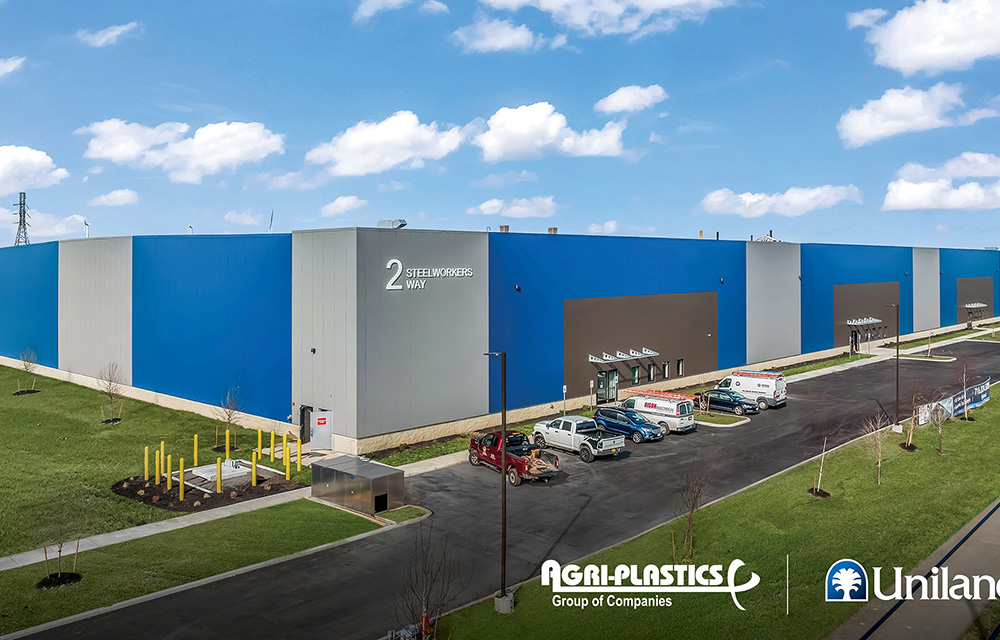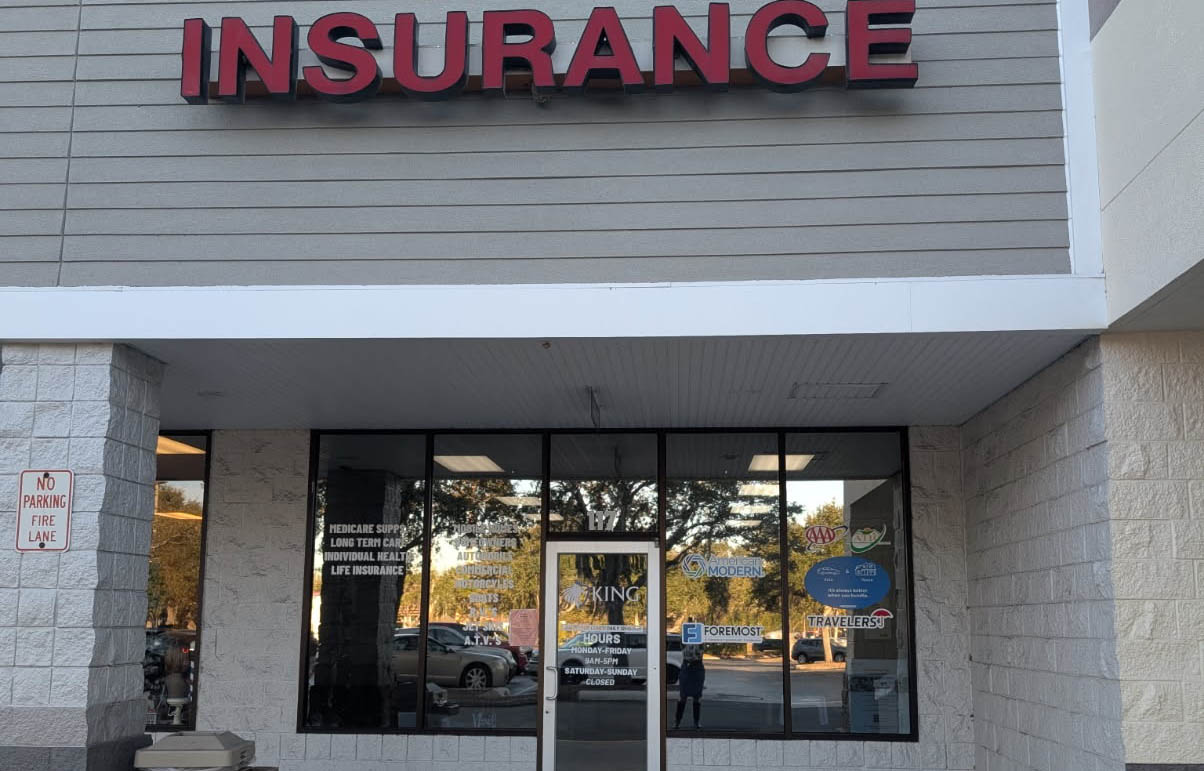News:
Brokerage
Posted: August 19, 2011
Bronx multifamily market: What does the future hold?
The multifamily sector in the Bronx continues to trade at consistent multiples indicating that it is on solid footing. There is little doubt, that solid tenancy and reliable returns provide investors with a dependable income, an appreciating asset and a hedge against inflation. Certainly markets like Manhattan remain resilient against macro-economic factors long after other areas show signs of distress. However, markets such as the Bronx multifamily sector are not as impervious. When you factor in, increasing expenses, higher taxes, unemployment and uncertainty in city and state subsidy programs what does the future hold?
Expenses
Heating oil prices continue to increase, up 31.7% year-to-date according to NYSERDA and the consensus amongst analysts is that oil prices will continue to rise in 2011. This is of particular concern for Bronx multifamily owners as buildings in the Bronx tend to burn oil at a higher rate than buildings in similar markets, such as Manhattan-North. Taking into account the state of affairs in the middle-east normal oil production and thus stable energy prices are fraught with uncertainty. Additionally effective July 1, 2012 buildings burning #6 fuel oil will be required to change to the more eco-friendly, albeit more expensive #4 or # 2 fuel oil. The impact of the current situation as well as the forecast looming changes may further erode building profitability. The price of water in N.Y.C. increased by 12.9% in 2010 and with no relief in sight property owners only control measure is to encourage water conservation. If this is the only cost control means that property owners can employ it is critical for investors to forecast properly and manage their expectation.
Taxes
City and state budget deficits have caused the Bloomberg and Cuomo administration to prioritize rising on multifamily property owners. Tax assessments for class 2 assets have risen to more than 13% up over 5% from previous assessments further cutting into bottom lines. In some cases, this represents a 20% increase from 2007 levels or 1/3 of revenue. This asset class has become a first-rate source of revenue for city and state officials who are faced with a widening budget gap. Officials continue to shy away from raising taxes on single family homes, condos and co-ops which account for over 49% of the total real estate in the city, yet pay just 15% of the taxes. Criteria for new tax abatements require building owners make more detailed Major Capital Improvements (MCI) which cost owners higher capital expenditures to qualify for uncertain future tax reductions. Investors can breathe a sigh of relief in know that the recent changes to rent control guidelines puts a cap on the amount taxes can be raised.
In 2009, transaction volume was the lowest since 2003. In 2003, when transactions bottomed out, cap rates continued to trend lower for the following 12-16 months. Since the bottoming of transactions in 2009, cap rates have remained flat. We are cautious that this trend may repeat itself. Taking into consideration expenses, macro-economic factors, and political variables it is reasonably possible. A number of market analysts believe cap rates need to correct before a proper rebound can take foot.
Join me in my next editorial as I explore the issue of unemployment and the effects that the uncertainty in city and state subsidy programs have on multifamily housing.
Armando Payano is an associate at Sioni & Partners, New York, N.Y.
Tags:
Brokerage
MORE FROM Brokerage
Horizon Kinetics relocates new headquarters to Tishman Speyer’s Rockefeller Center
Manhattan, NY According to Tishman Speyer investment boutique Horizon Kinetics Asset Management LLC will relocate its current New York office to 18,713 s/f on the 27th floor of 1270 Avenue of the Americas at

Quick Hits
Columns and Thought Leadership

Strategic pause - by Shallini Mehra and Chirag Doshi
Many investors are in a period of strategic pause as New York City’s mayoral race approaches. A major inflection point came with the Democratic primary victory of Zohran Mamdani, a staunch tenant advocate, with a progressive housing platform which supports rent freezes for rent

Lasting effects of eminent domain on commercial development - by Sebastian Jablonski
The state has the authority to seize all or part of privately owned commercial real estate for public use by the power of eminent domain. Although the state is constitutionally required to provide just compensation to the property owner, it frequently fails to account

Behind the post: Why reels, stories, and shorts work for CRE (and how to use them) - by Kimberly Zar Bloorian
Let’s be real: if you’re still only posting photos of properties, you’re missing out. Reels, Stories, and Shorts are where attention lives, and in commercial real estate, attention is currency.

AI comes to public relations, but be cautious, experts say - by Harry Zlokower
Last month Bisnow scheduled the New York AI & Technology cocktail event on commercial real estate, moderated by Tal Kerret, president, Silverstein Properties, and including tech officers from Rudin Management, Silverstein Properties, structural engineering company Thornton Tomasetti and the founder of Overlay Capital Build,








.jpg)
.gif)
.gif)